Chinese Box, also known as Korean Boxwood or Small-leaved Box, is a versatile ornamental shrub belonging to the Buxaceae family. Native to China and Taiwan, this hardy, perennial plant thrives in USDA hardiness zones 4 through 9. Its dense, compact growth makes it an excellent choice for hedges, borders, and screens in gardens and landscapes.
The species name sinica, meaning “from China” in Latin, reflects its origin, while the term “box” is believed to reference the plant’s historical use as durable wood for crafting boxes.
With its resilience and structured appearance, Chinese Box continues to be a popular pick for gardeners seeking an attractive, low-maintenance option for shaping and defining garden spaces.
| Common name | Boxwood, Korean Boxwood, Chinese Box, Small-leaved Box |
| Botanical name | Buxus sinica |
| Family | Buxaceae |
| Species | sinica |
| Origin | China, Taiwan |
| Life cycle | Woody |
| Plant type | Perennial |
| Hardiness zone | 4, 5, 6, 7, 8, 9 |
| Sunlight | Full Sun |
| Maintenance | Medium |
| Soil condition | Loam |
| Soil ph | Acid |
| Drainage | Well-Drained |
| Spacing | 12 – 24 ft. |
| Flowering period | Spring |
| Height | 2 ft. – 10 ft. |
| Flower color | Gold, Yellow |
| Leaf color | Green |
| Garden style | Cottage Garden |
| Uses | Container |
I. Appearance and Characteristics
Buxus sinica, the Chinese box or small-leaved box, is a species of flowering plant in the family Buxaceae, native to central and southern China, Taiwan, South Korea, and Japan. A shrub or small tree, in the wild it is found in a variety of habitats, usually from 600 to 2,600 m (2,000 to 8,500 ft) above sea level.
There are a number of cultivars, all derived from Buxus sinica var.insularis (syn. Buxus koreana), including ‘Winter Gem’, ‘Green Gem’, ‘Justin Brouwers’, ‘Wintergreen’, ‘Chegu’, ‘Tall Boy’, ‘Tide Hill’, ‘Winter Beauty’, ‘Green Mountain’, ‘Pincushion’, ‘Filigree’, ‘Green Velvet’, and ‘Sunny‑side’. In addition to its use in hedging, it is used in bonsai.
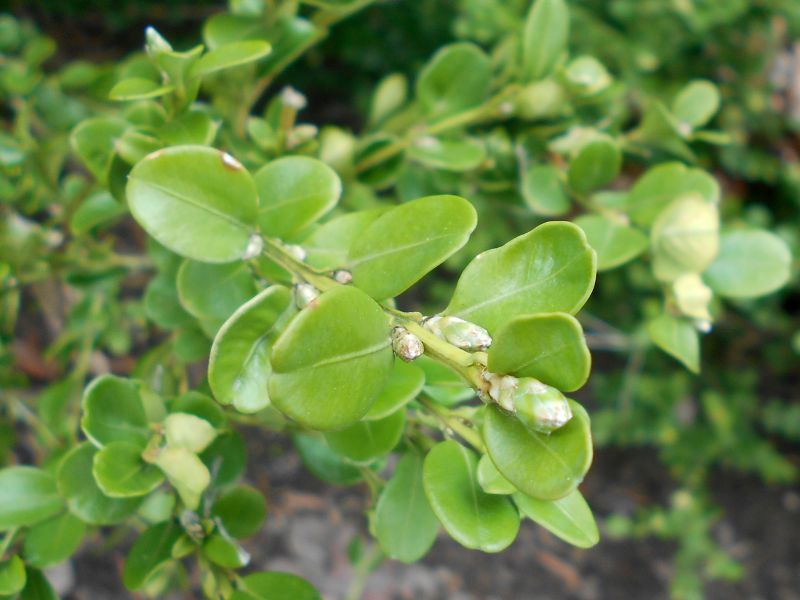
All parts of chinese box are extremely toxic to cats, and suspected ingestion warrants a visit to the vet. The symptoms of Buxus sinica poisoning may include vomiting, diarrhea, lethargy, and convulsions, with respiratory arrest and paralysis in extreme cases. Fortunately, the plant itself is very bitter, which usually prevents cats from eating it in larger amounts.
II. How to Grow and Care
Sunlight
Chinese box likes sufficient sunlight but can tolerate partial shade too. Thus, it can grow well both indoors and outdoors. You can plant it almost anywhere, except for spots that are completely in the shade all day long. If it doesn’t receive enough sunlight, the leaves may turn yellow. There are other species in the Buxus genus that prefer low light environments, which are best grown somewhere with partial shade that avoids direct blazing sunlight in the summer.
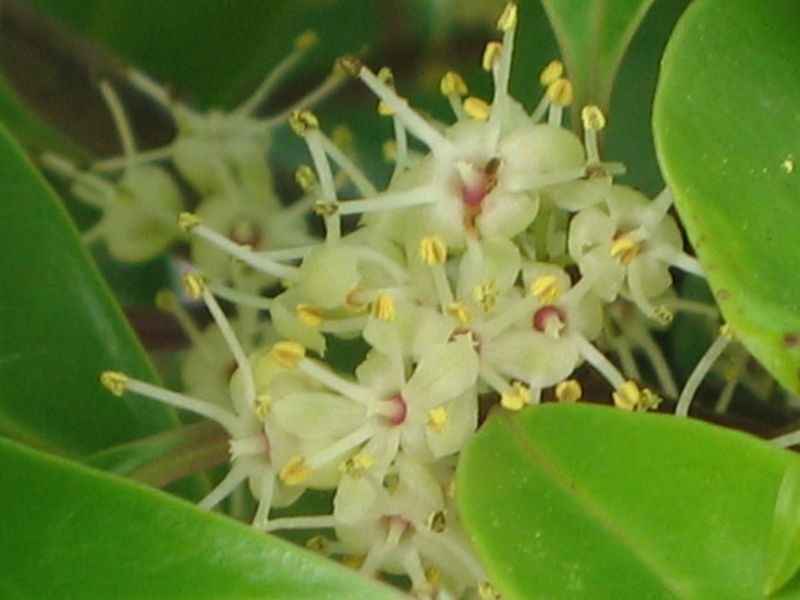
Temperature
Chinese box is mainly distributed in temperate regions and prefers a warmer climate. However, it is cold-resistant to a degree, too. Chinese box can grow at temperatures in the range of -23 to 35 ℃ but will become dormant and stop growing if the temperature goes outside of this range. If the temperature stays around 16 to 27 ℃, it will be vigorous and grow rapidly. It prefers moist soil but is also tolerant of dry conditions. However, it is not tolerant of waterlogging.
Watering
Originating from regions with moderate climates, chinese box has adapted to consistent moisture levels, mirroring its native environment’s equilibrium. This species thrives on regular hydration but can endure short dry spells due to its efficient water storage capabilities. For optimal growth, it is recommended to provide watering every week. As an evergreen plant commonly cultivated outdoors, chinese box benefits from a well-draining soil that complements its need for stable moisture without becoming waterlogged, ensuring year-round verdancy.
Soil
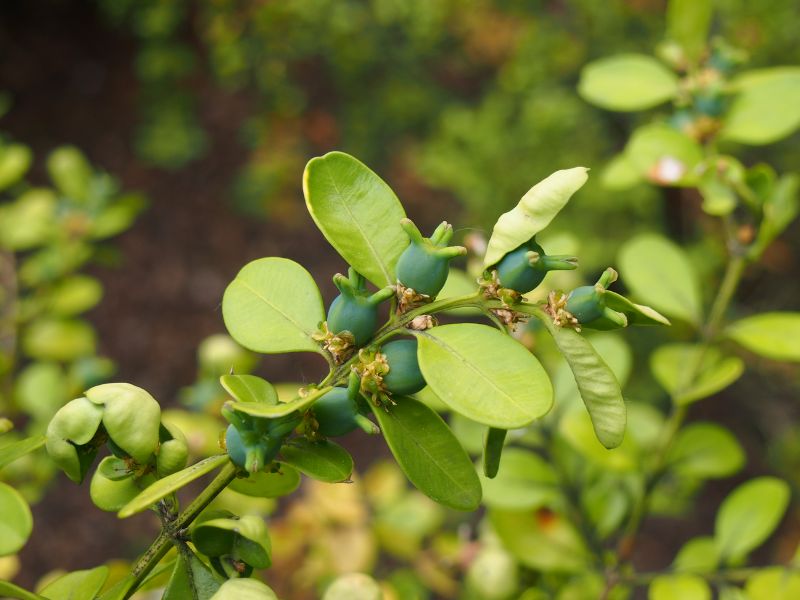
Chinese box doesn’t require a specific soil type but does like the soil to be moist and fertile. It can even grow in dry and barren conditions. However, due to its intolerance of waterlogging, it is recommended to plant it in sandy soil with good drainage, rather than in clay soil.
Fertilizing
To optimize growth for chinese box, balanced nutrition fertilizer is ideal, tailored to its precise needs. Fertilize biannually—spring and fall—with a balanced, slow-release formula. During active growth, high-nitrogen fertilizer can be applied to bolster foliage development. Use sparingly to prevent root burn; follow package instructions for quantity. Variation in seasonal needs requires adapting fertilization practices—a lighter touch in winter. Ensuring even soil coverage and watering post-application aids absorption and minimizes risk. These steps will improve vigor, health, and aesthetic appeal, catering to both novice and expert gardeners.
Pruning
Chinese box is very tolerant of pruning and tends to rapidly grow new twigs after it has been clipped. You can trim it into different looks depending on your needs. It is best to prune in the summer and winter. In summer, the plant is lush but the ventilation among the branches and leaves is not great, making it vulnerable to pests and diseases. In winter, it grows slowly and can maintain a certain ornamental look for longer. You can trim off any leaves that are old, dead, or have changed color, to make the plant look more presentable.
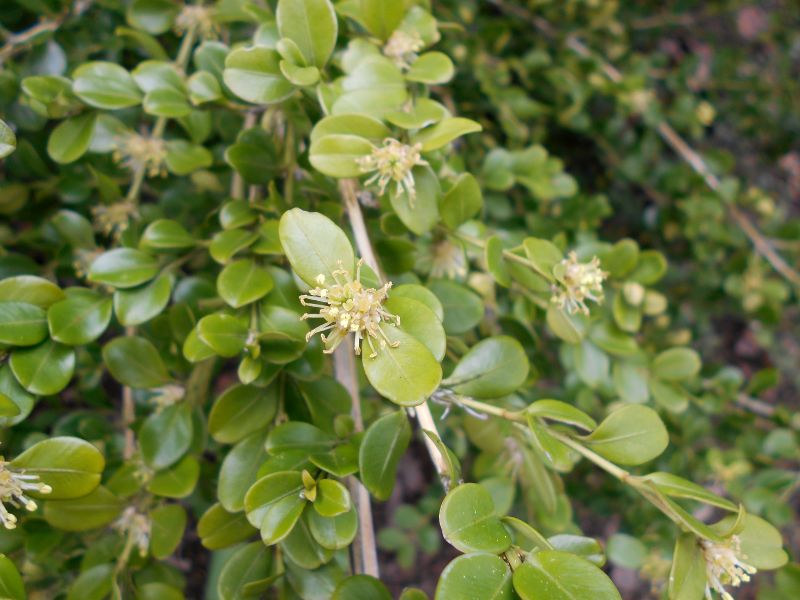
Transplanting
The optimal period for transplanting chinese box is between late summer and early autumn (S2-S3), due to lower heat stress and ready root establishment. Ideally, chinese box prefers shaded areas with ample airflow. While transplanting, ensure the root ball remains undisturbed to facilitate quicker adaptation.
Repotting
Potted buxus microphylla sinica is recommended to be turned over once every 2-3 years in purple sand pots.
III. Uses and Benefits
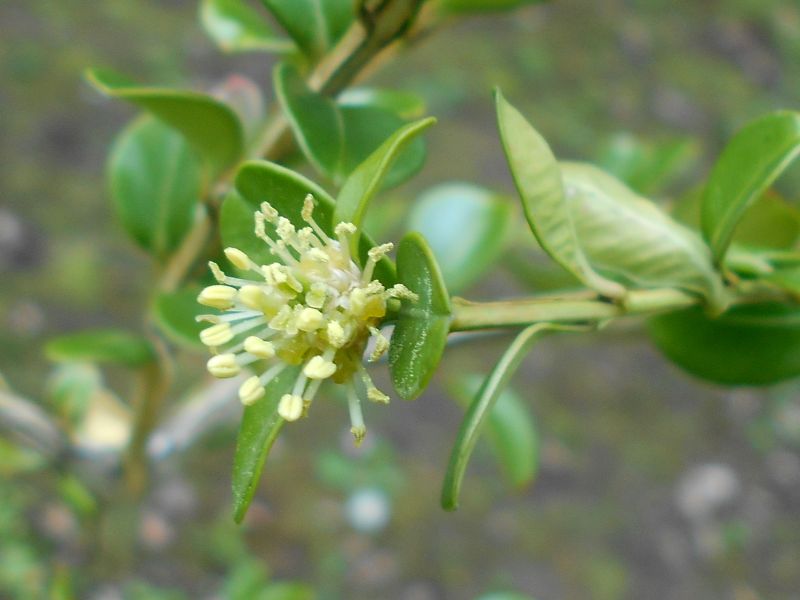
Commonly found in gardens as a privacy screen and a border plant, the chinese box also does well in containers. It can be placed in cottage, English, rock, and winter gardens and is prized for its hardy green foliage that is drought tolerant and animal resistant. Due to its simplistic green color, plants that offer a greater range of colors, such as Mediterranean spurge, English lavender, and Midwinter Fire dogwood, make great accompaniments to the chinese box.
Find Where to Buy the Best Chinese Box (Buxus sinica)














Leave a Reply